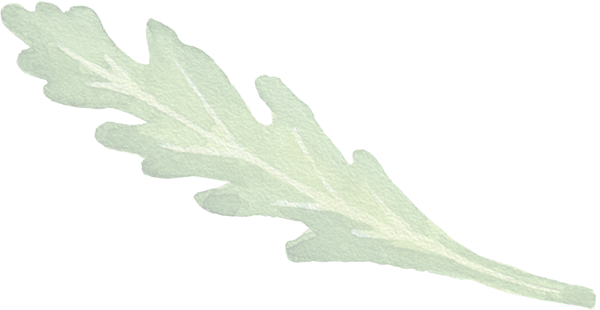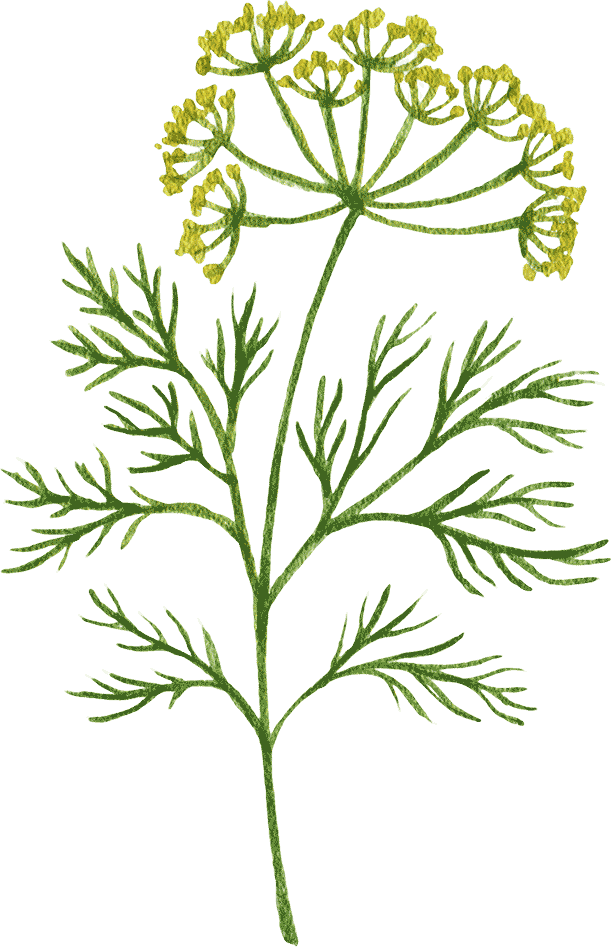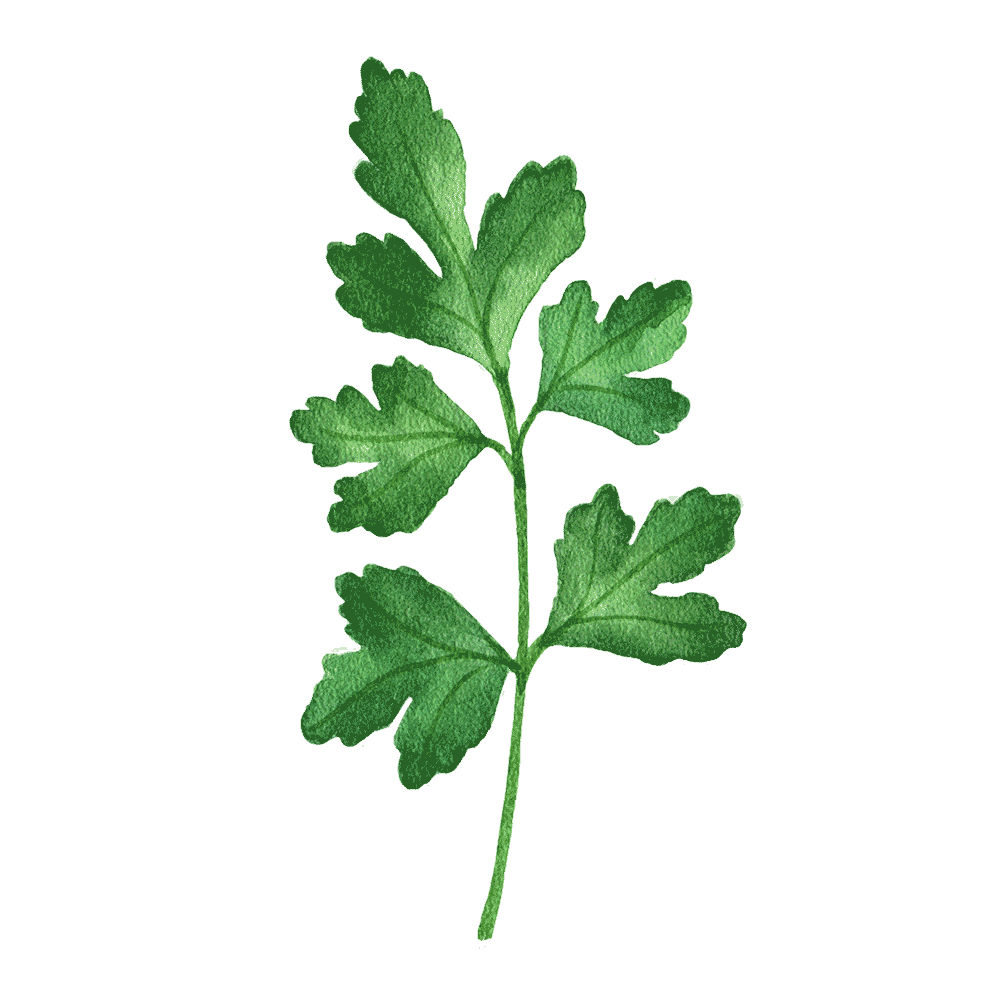

Learn the Easiest Way to Grow Your Own Food
The Easy Garden Kit makes growing your own food simple and stress-free. Everything you need for success is included: the top 10 easiest seeds to grow, a detailed video course, a raised bed setup guide, planting plans, a growing guide, and a delicious recipes book for when you harvest.
Bring All the Bees and Butterflies to Your Yard with These Easy Flowers
It seems almost too good to be true that some of the best plants to attract beneficial insects to your kitchen garden are also easy to grow and beautiful and require very little maintenance. Almost like nature really values pollinators or something...
The very best plants you can add to your space to benefit your local bees and butterflies are native plants that flower. To figure out what's native to you, you'll need to do a little research. There are also plants that are considered pollinator-friendly, which are what we'll look at today. The recommendations below will give you a good starting point for your research so you can fill your garden with the good stuff for the bees and butterflies.
If you plant a couple (or all) of the plants I recommend below alongside some native plants, you'll have yourself a beautiful, low-maintenance pollinator garden.
List of the Top Pollinator-Friendly Plants
- Anise Hyssop
- Basil
- Bee Balm
- Cilantro
- Coreopsis
- Cosmos
- Dill
- Echinacea
- Goldenrod
- Lemon Balm
- Marigolds
- Milkweed
- Mountain Mint
- Parsley
- Sunflowers
- Veronicas
- Yarrow
- Zinnias
Let's learn a little about each of these plants.
Pollinator-Friendly Flowering Plants
Anise Hyssop Produces Beautiful Purple Flowers for Pollinators
Anise hyssop is in the Lamiaceae, or mint, family and a real pollinator favorite. It’s super easy to grow and produces tons of blue to purple blooms that are beloved by bees and butterflies. Plus, each tubular little flower is the perfect length for a hummingbird to take a nectar drink.
The flowers are unscented, but the leaves are fragrant and smell like something sweet mixed with licorice and mint. Last year, I harvested the flowers once the bees were done with them and enjoyed anise hyssop tea all winter long. Once frost passes, these girls pop right back up, and they’ll continue to do so year after year.
Learn more about how to grow anise hyssop in your garden.
Here are some bees hanging out and collecting pollen on anise hyssop flower spikes.
Basil Flower Spikes Are Bee Magnets
This mint family member produces a nice, tall flower spike that looks a lot like anise hyssop’s blooms. I like to grow enough basil that I have some for me to eat (and pinch off the flower heads so that the plant will keep producing leaves) and some that flower for the bees and butterflies to eat.
Basil is easy to start from seed and even propagate, but you will have to restart it each year since it doesn’t grow back from rootstock. Learn more about growing your own basil from seed.
Note: the type of basil that's the strongest bee magnet is called African blue basil. You can't start this type by seed, so look for a well-grown plant to buy or take a cutting from a friend's plant to root.
Bee Balm Attracts Bees, Butterflies, and Hummingbirds
Bee balm, also known as wild bergamot, is a truly beautiful little plant from the mint family, like anise hyssop and basil. The flowers come in shades of purple, red, and pink and make me think of little fireworks. These plants are perennial, so plant them once in your pollinator garden and you're set.
Best of all, mosquitos don't like this plant, but bees, butterflies, and hummingbirds adore it.
Cilantro, Parsley, & Dill Attract Ladybugs and Butterflies
When I saw these gals recommended in a pollinator planting plan I downloaded years ago, I was a bit surprised. Aren’t you supposed to eat those? I quickly learned these members of the Apiaceae family put off tiny flowers when you move into the warmer months, and bees, butterflies, and even ladybugs love them. Dill in particular is a host for the swallowtail butterfly (and I also think its flowers add a whimsical cottage feel to the garden).
Even though I love eating cilantro, I let it flower as food for the pollinators instead of pulling it from the garden when it starts to bolt. Here’s the coolest part: right when these herbs start to bloom is when your tomatoes, cucumbers, squash, and zucchini need to be pollinated. The timing is perfect!
Here are some ladybugs hanging out on cilantro flowers.
Coreopsis Attracts a Number of Pollinators
Before I ever had success as a gardener, I learned about this magical plant called coreopsis. I saw a rock garden covered in beautiful orange flowers that were thriving, even though it was like 110 degrees out. The gardener handed me a brown bag of seeds, which I planted in Houston and then saved my own seeds to pass along to friends and neighbors. Within a year, our entire street was filled with beautiful orange blooms, and the bees were in heaven. Coreopsis, which comes from the daisy family, loves to grow and just keeps on giving, even in drought conditions.
Bonus: The seeds on the flower heads become important food sources for songbirds.
Cosmos Attract Beneficial Insects That Feed on Pests
Like coreopsis, cosmos are low-maintenance annuals from the daisy family that can be grown by sprinkling seeds in your pollinator garden. If you leave the seed heads, the plants will self-sow the following year.
These daisy-like flowers come in all kinds of colors and will add a cottage charm to your garden space. Best of all, they attract beneficial insects like lacewings, hoverflies, tachnid flies, and parasitic wasps, all of which take care of pest issues for you and aid with pollination.
Echinacea Is a Bee and Butterfly Favorite
Echinacea is well known for being a medicinal herb used in teas and tinctures. Personally, I love echinacea because the bright purply pink cone flowers are lovely. This member of the daisy plant family supports important pollinators like bumblebees, monarch butterflies, and swallowtail butterflies.
Read up on how to grow your own echinacea from seed.
Goldenrod Is Considered Native Plant Gold
This perennial is native to North America and produces showy golden flower spikes that attract an entire army of insects: native honeybees, European honeybees, butterflies, beetles (like the soldier beetle, which will take care of an aphid infestation for you), beneficial wasps, leaf hoppers, and flies. Many of these insects, including monarch and painted lady butterflies, not only feed on goldenrod nectar during their migration, they depend on this plant to complete their lifecycles in the fall.
Lemon Balm Repels Mosquitos and Attracts Beneficial Insects
This plant, another mint family member, produces tiny flowers that give lots of food to bees and butterflies. The scent of lemon balm has been shown to repel mosquitoes and other bugs that bug you, but when lemon balm flowers, it brings in bees and butterflies and other beneficial insects.
If you’re planting lemon balm, make sure to give it plenty of space because this girl likes to take over. Like anise hyssop, it also comes back on its own after winter.
Learn more about growing your own lemon balm.
Marigolds Attract Garden Good Guys and Repel the Bad Bugs
This beautiful and extremely easy-to-grow flower from the daisy family provides bright splashes of color to your garden for months, attracts beneficial insects to your yard, and even helps protect surrounding plants by repelling pests like nematodes.
The frilly petals of the flowers, which are 100 percent edible, come in shades of yellow, orange, and red and lend a cottage-garden-feel to your outdoor space. They even smell heavenly. Like cosmos, marigolds are annuals, but they reseed themselves easily.
Native Milkweed Is an Important Host for Monarch Butterflies
Milkweed provides an important nectar source for our friend in need, the monarch butterfly.
I’ve grown milkweed in several different climates, including Nashville, Houston, and Chicago; and in each of those places, the native milkweed looks different. Find the milkweed that’s native to your area to welcome pollinators with the food they most enjoy eating.
Many of the plants on this list can be harvested from and turned into teas, but this is not one of them. Enjoy milkweed in your garden, not in your kitchen.
Here are some monarch caterpillars hanging out on some milkweed.
Mountain Mint Gives Nectar to Honeybees
This member of the mint family (like anise hyssop) is native to eastern North America, from Maine to Illinois, all the way south to Florida and Texas. Believe it or not: both the leaves and the flowers are edible, though I grow this mostly for the bees and the butterflies, not for myself.
I planted my mountain mint by plant and got a lot of green but no flowers the first year. That’s actually a trend with the native perennials mentioned here, so think of them as an investment in your garden. I got lots of beautiful white blooms the second year, so it’s worth the wait.
Sunflowers Feed Our Honeybees
The bright gold of a sunflower's outer petals attracts tons of honeybees and bumble bees that feed on the center of the flower, which is actually thousands of tiny nectar-filled florets. These very large members of the daisy family are like huge landing pads calling out to pollinators from far away.
If you leave a couple sunflower heads to dry in your garden, you'll also give the bird population an important little snack: seeds.
Rudbeckia Brings in Predatory Insects and Pollinators
Rudbeckia , AKA black-eyed Susans, are easy-to-grow native wildflowers that will come back year after year and attract many pollinators to your garden. Each dark center, or black eye, is actually hundreds of shallow, nectar-filled cups that predatory insects find particularly irresistible.
Check out our tips to grow rudbeckia from seed.
Veronicas Attract Bees, Butterflies, and Hummingbirds
Veronicas, also called speedwells, are easy-growing perennial flowers that produce long flower spikes in shades of blue, pink, purple, and white. These spikes attract bees, butterflies, and hummingbirds to your garden.
Yarrow
To me, this lady from the daisy family has the prettiest mustardy-yellow flowers. Yarrow makes for great pollinator food because the pollen is super accessible—it’s like a welcome mat for the good guys, including mason bees, bumble bees, beetles, and butterflies.
Plant yarrow once, and it will come up again and again. Your biggest job will be to divide it, spread it out, and give it space in your garden.
Zinnias
Zinnias, members of the daisy family, are one of the easiest flowers to grow from seed. You can get dozens of gorgeous blooms from each plant. Zinnias are annuals, so you’ll have to replant seeds each year or let them reseed themselves (which they do quite well).
Even though white zinnias are really pretty, focus on the bright, colorful blooms to attract more butterflies, especially swallowtails and monarchs, to your garden. I learned the hard way one year that my all-white pollinator garden was actually only appealing to moths!
Find all our tips to grow your own zinnias and save seeds for next year.
Here's a painted lady butterfly on a pink zinnia bloom.
How to Source Pollinator-Friendly Plants for Your Garden
Let’s talk about sourcing these plants. You have two options: buying plants or starting them from seed.
Buying plants
I highly recommend buying your plants from a local grower rather than a big box store. Check that your plants are grown naturally and organically, not with synthetic fertilizers. The whole point of a pollinator garden is to give tons of delicious, healthy food to bees and butterflies. The last thing you want to be doing is giving them plants that have nasty synthetic stuff in them, right?
Buying plants is a great option for perennials that will spend a long time in your garden space.
Starting from seed
Again, organic and natural matter. If you can, focus on locally-sourced seeds.
Starting your own plants from seed is a great option for fast-growing annuals like cosmos, marigolds, and zinnias.
Everything in my pollinator garden was either started directly from seed by me or bought from a local organic farm so that I know my plants are good stuff. That’s a priority for me, and I hope I can convince you it should be a priority for you too. I would rather you plant just one local and organically-grown plant than a hundred ones covered in synthetic sprays and pesticides. The bees and butterflies will also thank you.

Buying locally grown plants is just as important, if not more so, for plants than for seeds. Plants grown locally are so much more likely to thrive in your garden, not to mention your purchase supports small and local businesses. You can find more local plants by shopping at local nurseries than big box stores.
Time to Plant Flowers for Our Pollinators!
Bringing bees and butterflies into your garden space is one of the most important things that we can do as gardeners. Even if planting these pollinator-friendly plants has nothing to do with food production, it’s still just good for the planet. After all, those insecticides we’re spraying in the air to kill mosquitos are threatening the good guys, too.
If you've noticed a lack of buzzing insects in your space or low production on fruiting plants, you probably need more flowers and plant diversity to improve your little ecosystem. When I say diversity, I mean plant types, flower colors, flower shapes, and even flower sizes. It's great if the plants you add also bloom throughout different parts of the growing season, which typically means growing a mix of annuals and perennials.
When you create a garden space like this near your kitchen garden, planted with organically grown native plants and pollinator-friendly plants, you're literally doing good for the whole world. I’d say adding these low-maintenance ladies to your outdoor space is definitely worth the time!
Thanks for being part of the kitchen garden revival with me and helping to make little safe havens for our beneficial insects.





























